"Today, I don't understand anything in Formula 1! Honestly, the whole qualifying has been extremely difficult. When I say extremely difficult, it's not exaggerating. It was super, super difficult.
"It was difficult for us to get to Q2, it was difficult for us to get to Q3. In Q3, the conditions changed a little bit, everything became a lot trickier, and I knew I just had to do a clean lap to target third.
"At the end of the day, it’s pole position. I definitely did not expect that... It's probably one of the best pole positions I've ever had because it's the most unexpected for sure."
That was Charles Leclerc's reaction to securing an improbable pole position for the Hungarian Grand Prix. The words of the Ferrari driver encapsulated how unexpected the unforeseen result of qualifying at the Hungaroring was.
But it is right to emphasise, as McLaren boss Andrea Stella did, that in Formula 1, nothing happens by chance and there is an explanation for everything.
The change in conditions, especially the factors of wind direction and asphalt temperature, certainly contributed to the shifts seen during the final runs in Q3.
The wind direction turned 180 degrees between Q2 and the final part of qualifying. At certain points of the track, the McLaren MCL39 appeared to suffer the most from these new conditions.
This also happened during the first run in Q3, but Lando Norris and Oscar Piastri both still set times that would have given them the monopoly on the front row of the grid.
However, in the final run, they were too cautious, as grip and confidence on entering some corners were significantly lower than in Q2.
Further, the temperature of the asphalt also dropped by as much as ten degrees Celsius, radically changing the parameters of tyre grip.
Adding to that, not only did Leclerc go all out on his last attempt, from a situation where he had nothing to lose from P6 at the time, but his preparation for the lap itself to strike the optimal tyre temperature window was of great importance, too.
Choosing to leave the pit lane as soon as possible allowed him to prepare his tyres appropriately. With the focus on the conditions regarding grip, wind direction and asphalt temperature, he could look for the best working window for the tyres.
As Stella also stated, it is no coincidence that, of all the cars in the top ten, Leclerc was the only one who managed to improve on the time of his first run. The Ferrari driver, therefore, had a significant advantage over all the other drivers on the track.
Although we can expect the exceptionally competitive Norris and Piastri to come back, they showed in Q1 and Q2 that they had a lead of about four-tenths of a second over Leclerc, the same difference that emerged during the three free practice sessions on the outskirts of Budapest.
Also interesting:
WATCH: Hamilton makes 'useless' claim as Verstappen reveals Red Bull's 'biggest problem'
Join RacingNews365's Ian Parkes and Nick Golding, as they dissect a crazy qualifying at the Hungarian Grand Prix!
Don't miss out on any of the Formula 1 action thanks to this handy 2026 F1 calendar that can be easily loaded into your smartphone or PC.
Download the calenderMost read
In this article
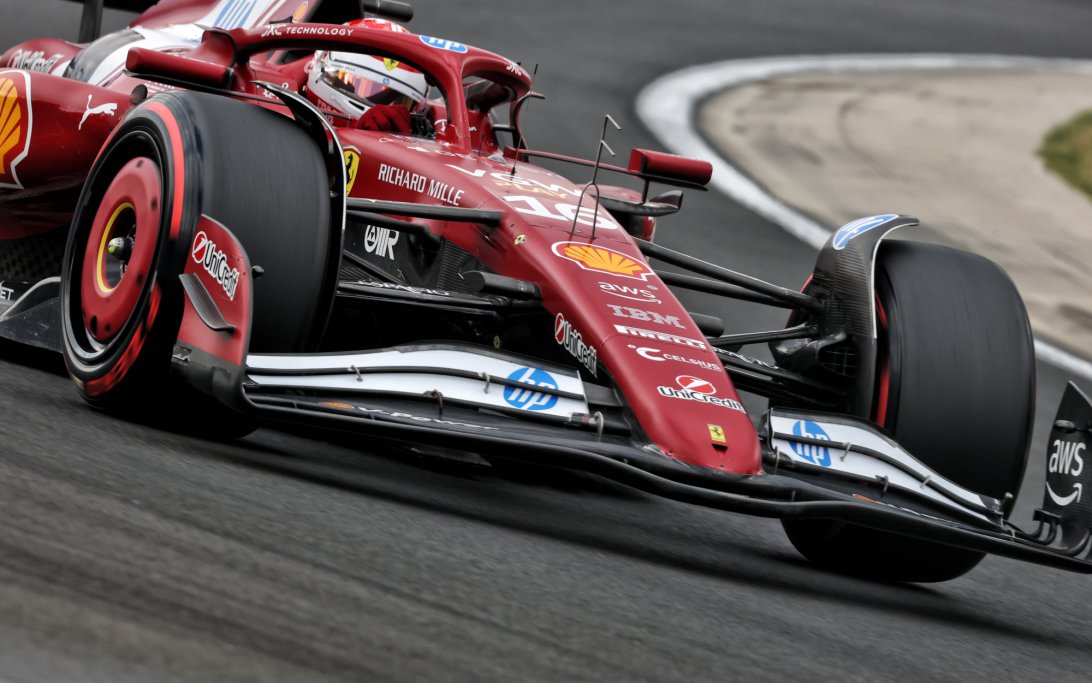
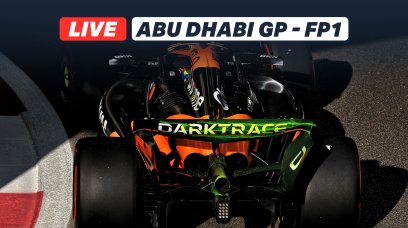
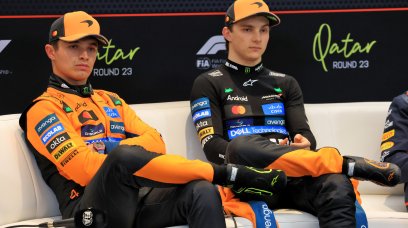

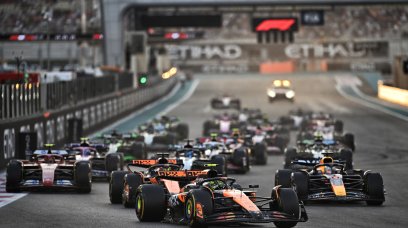
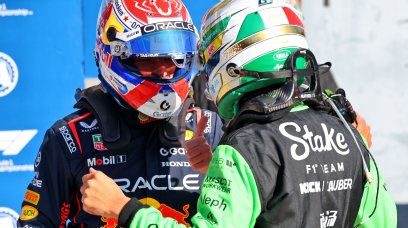
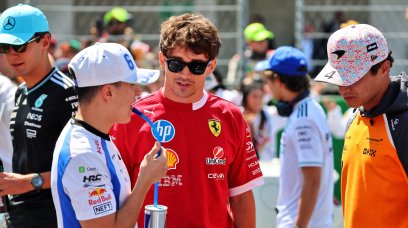
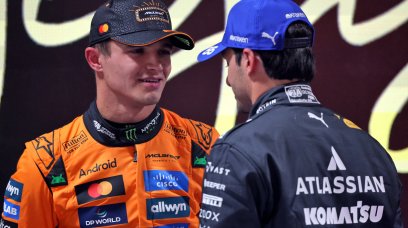













Join the conversation!